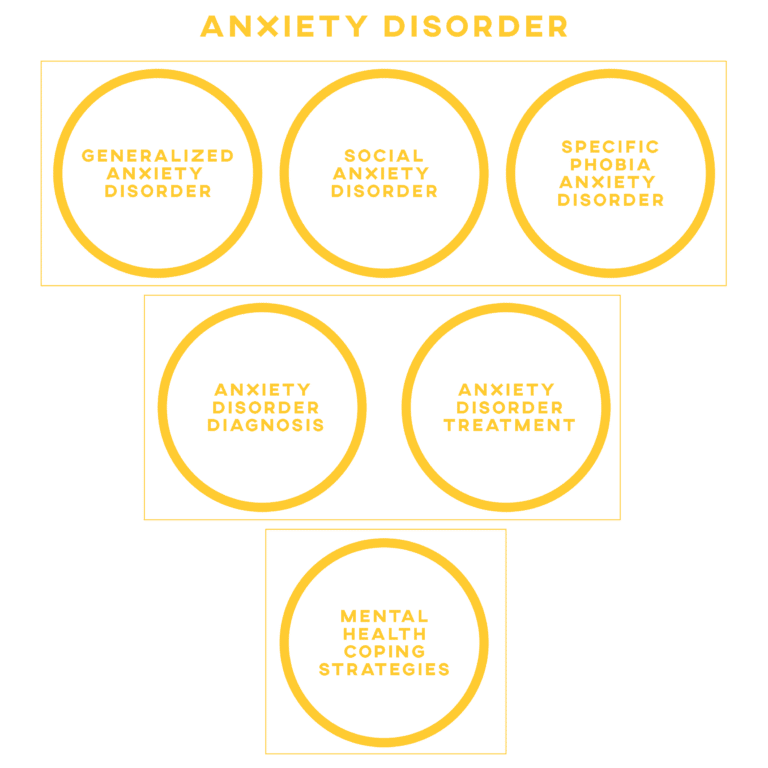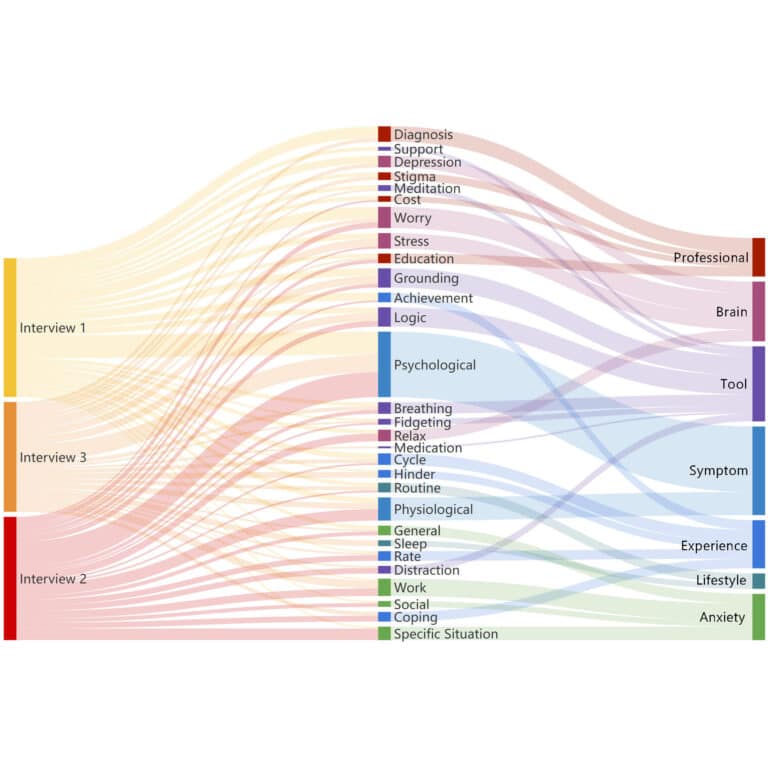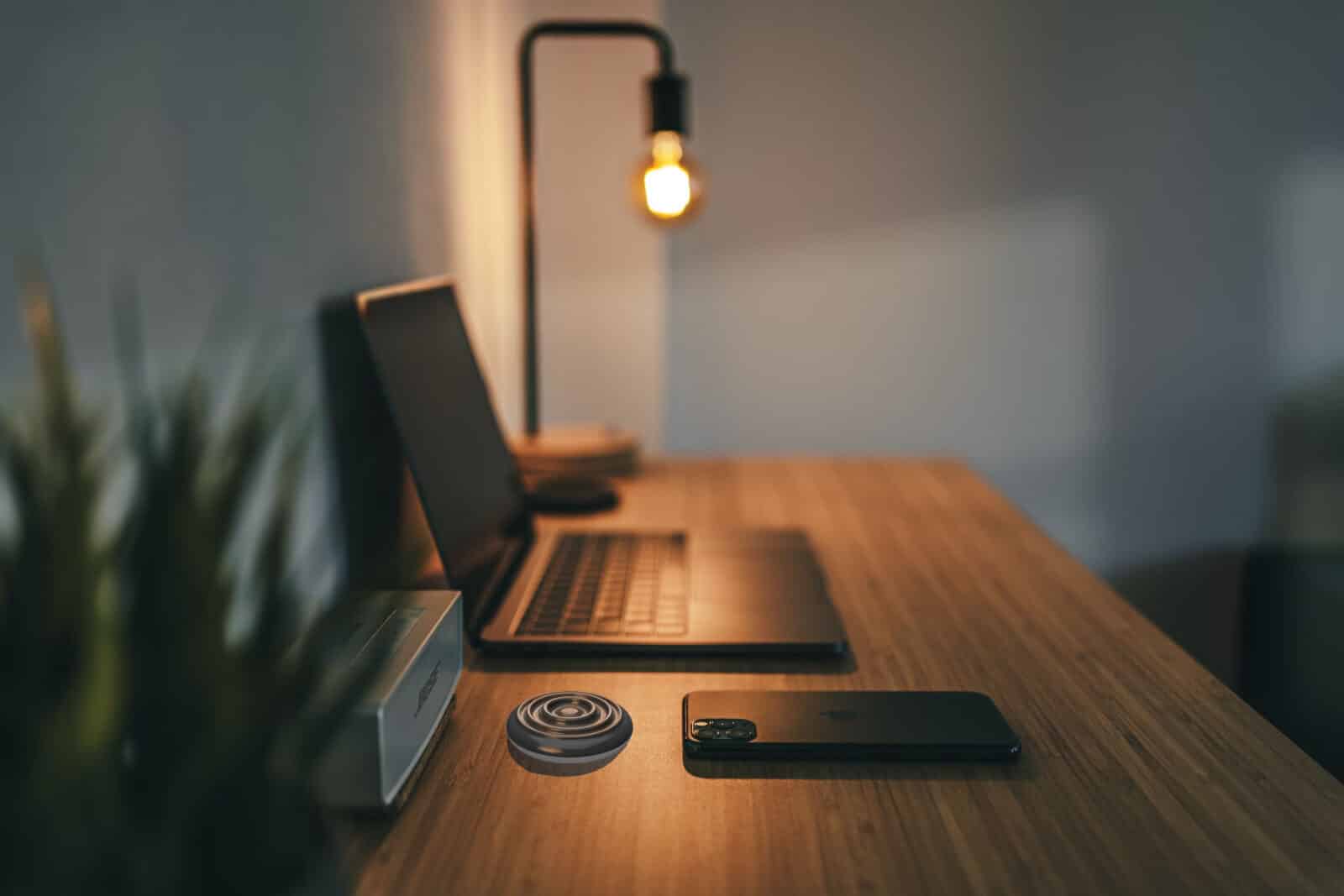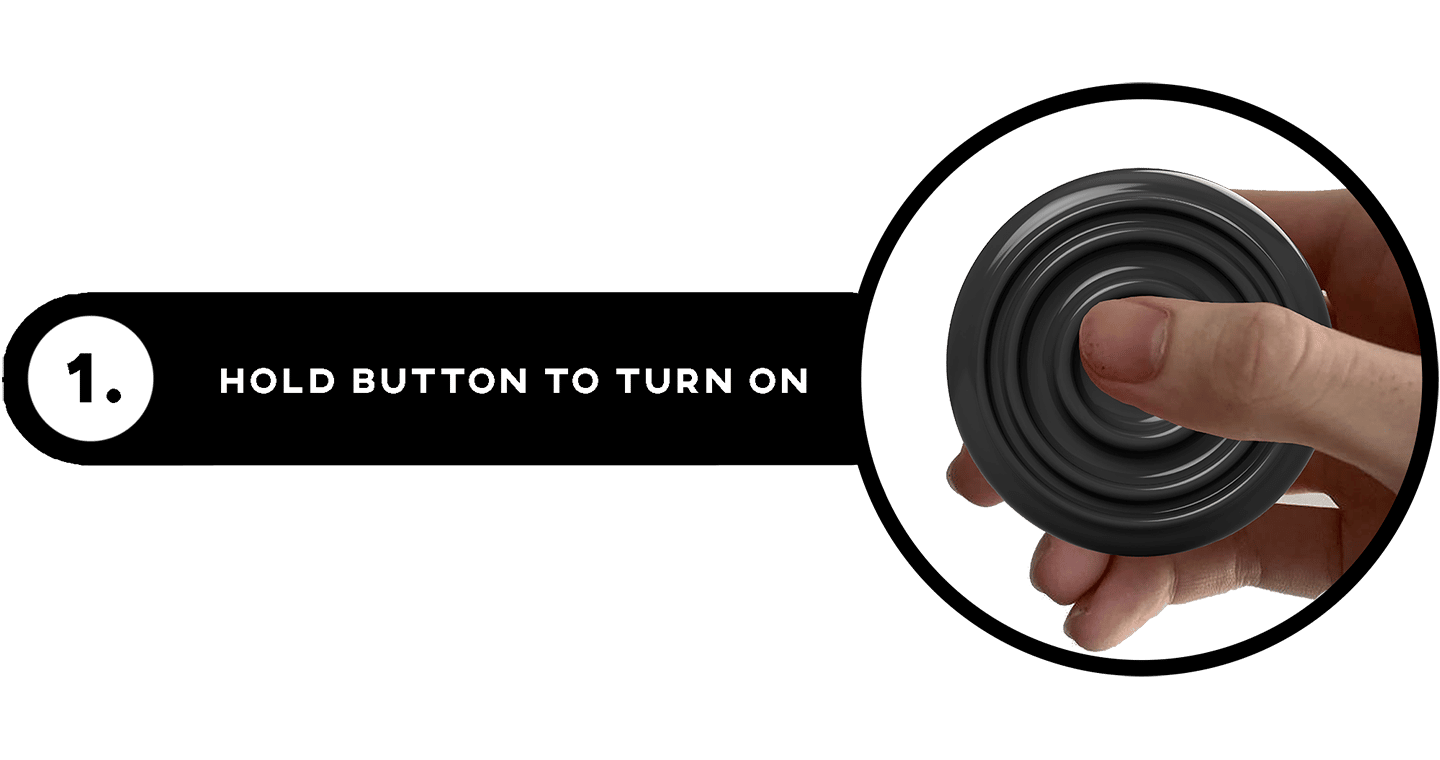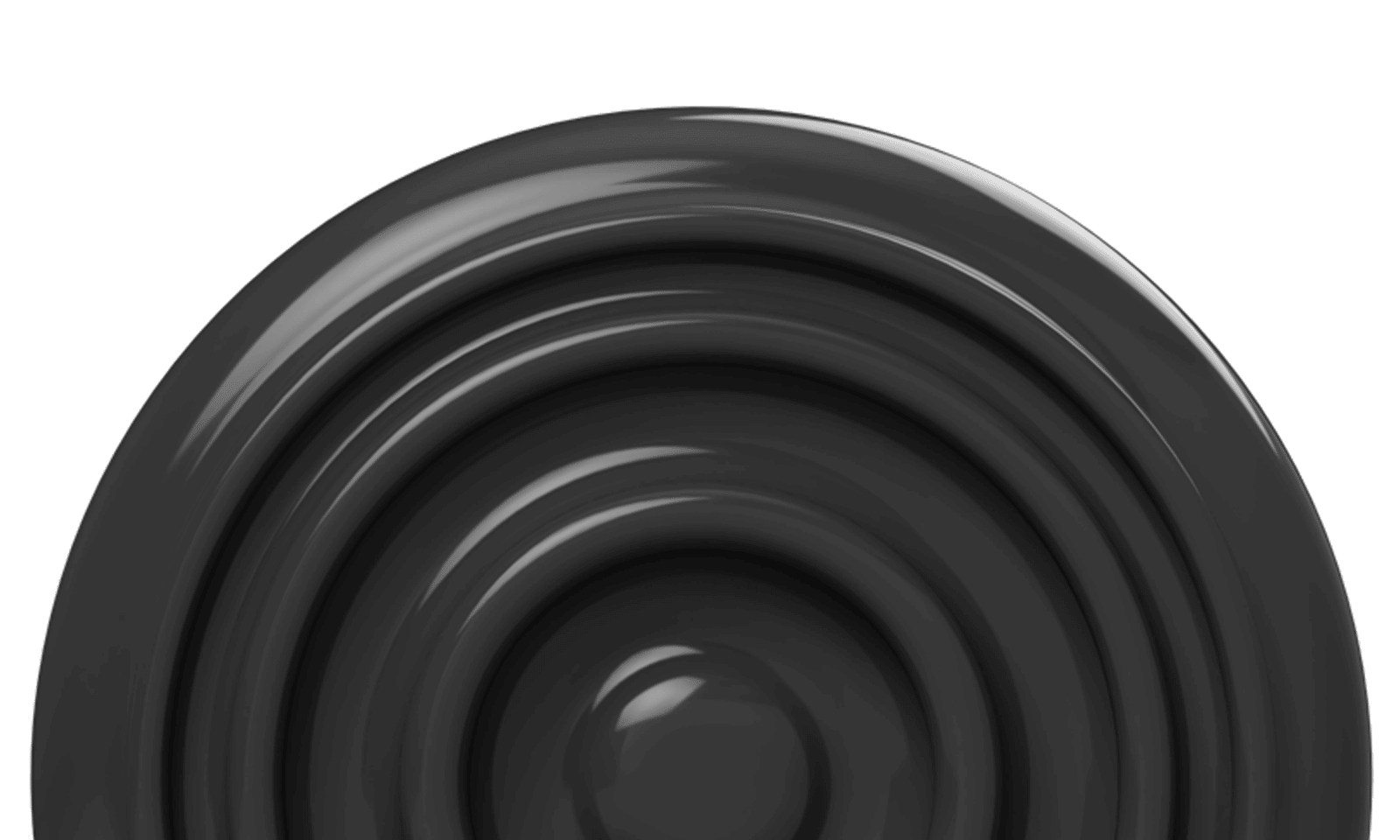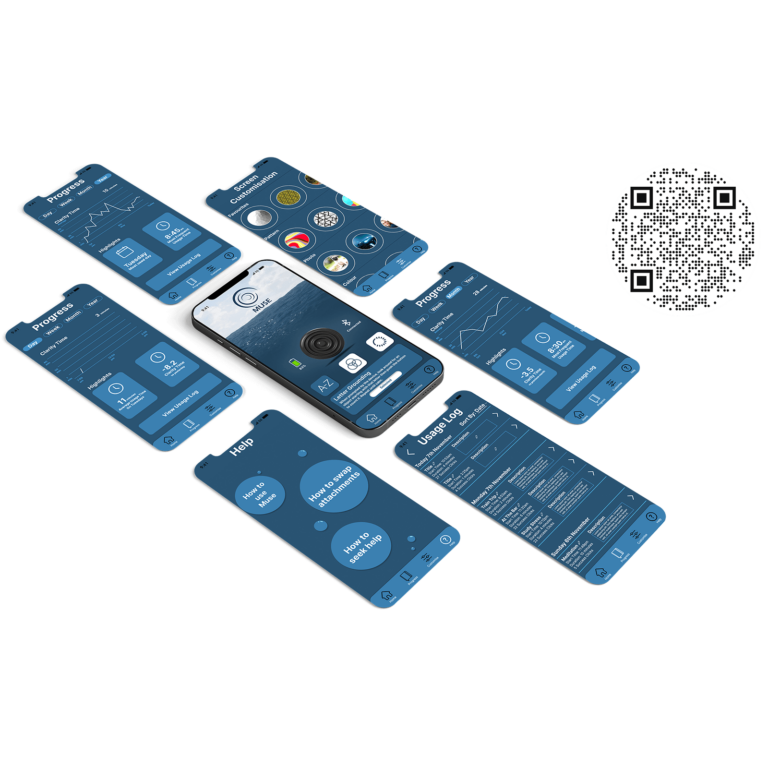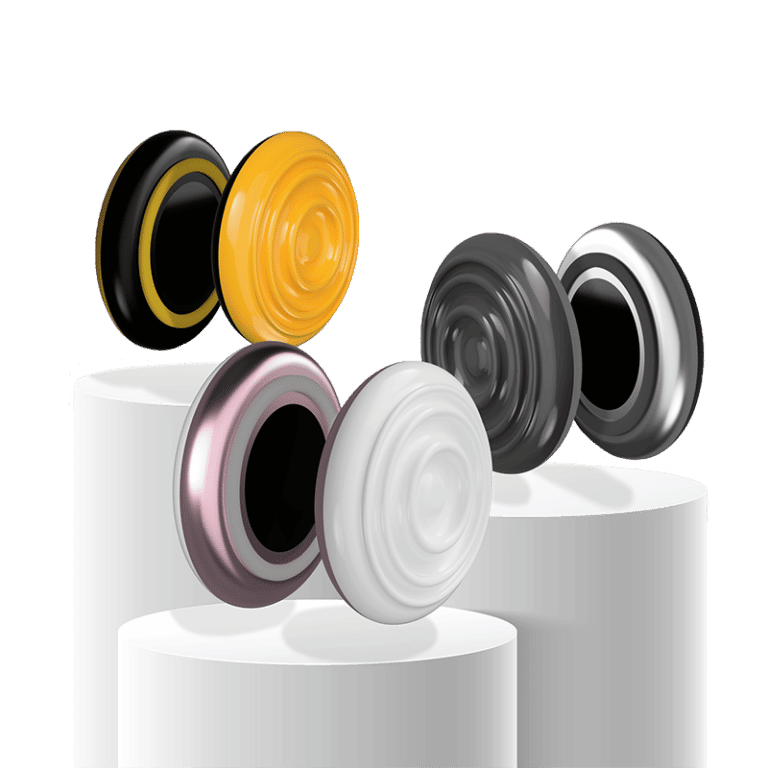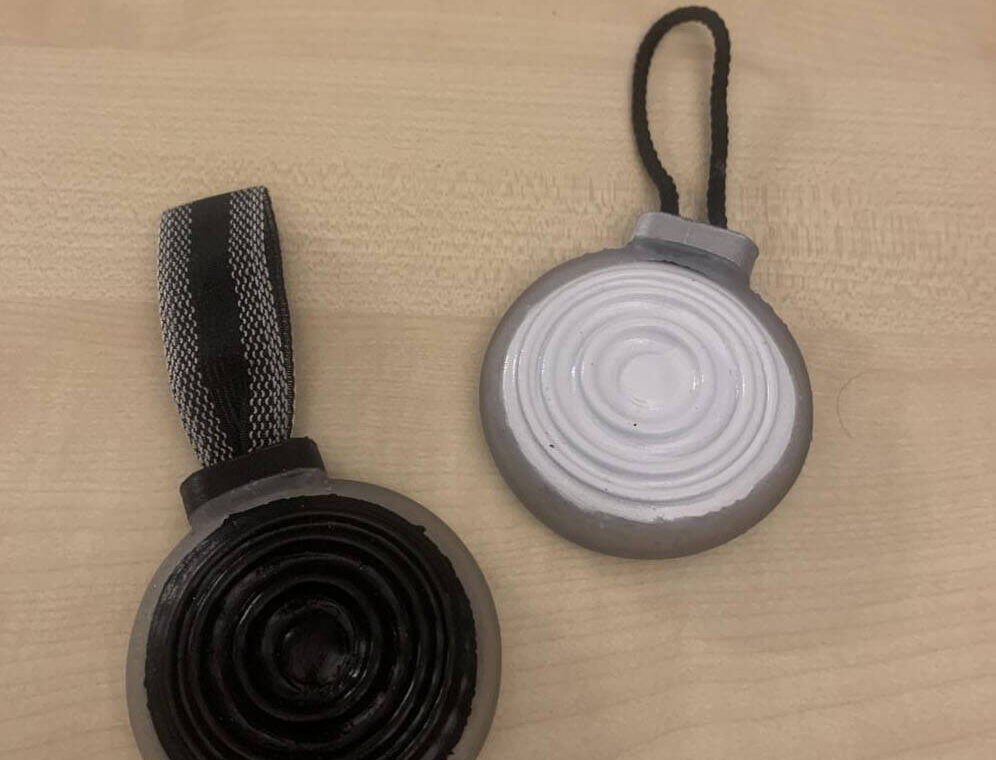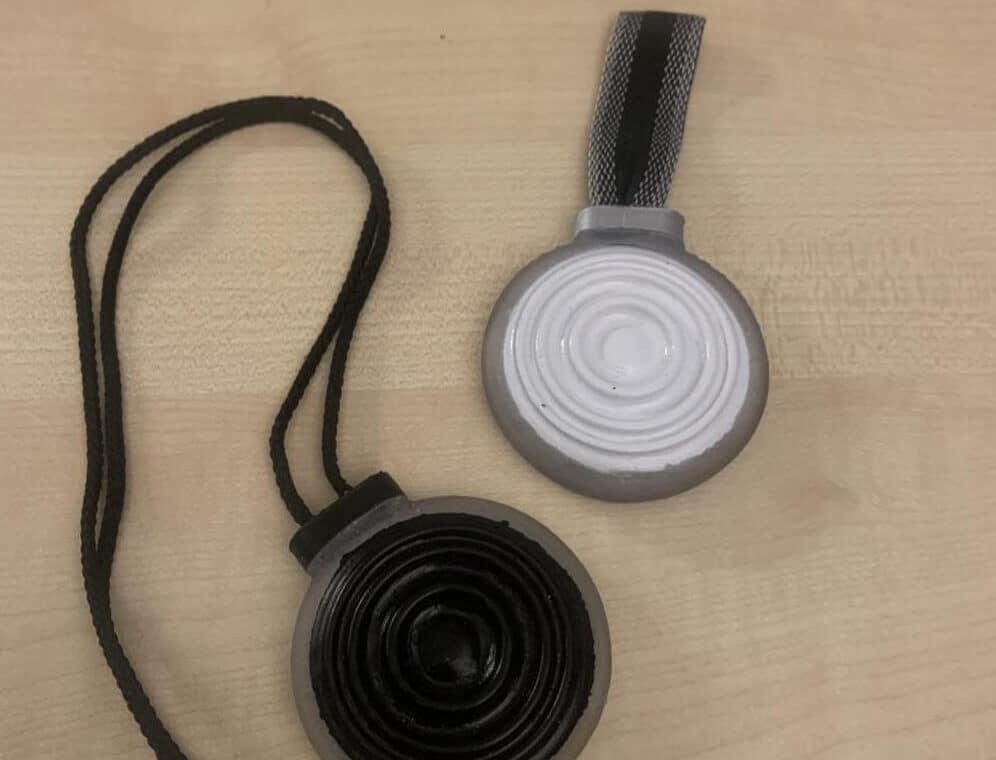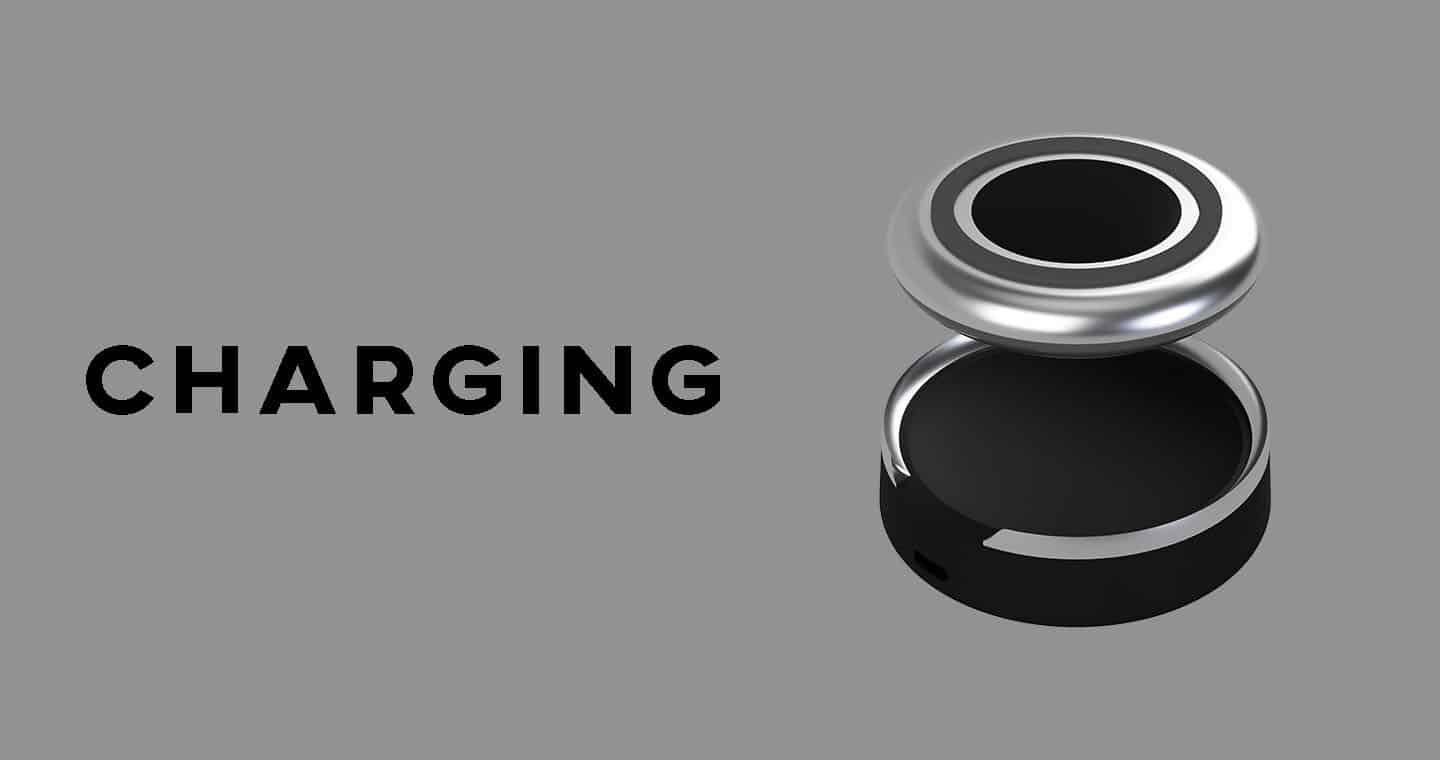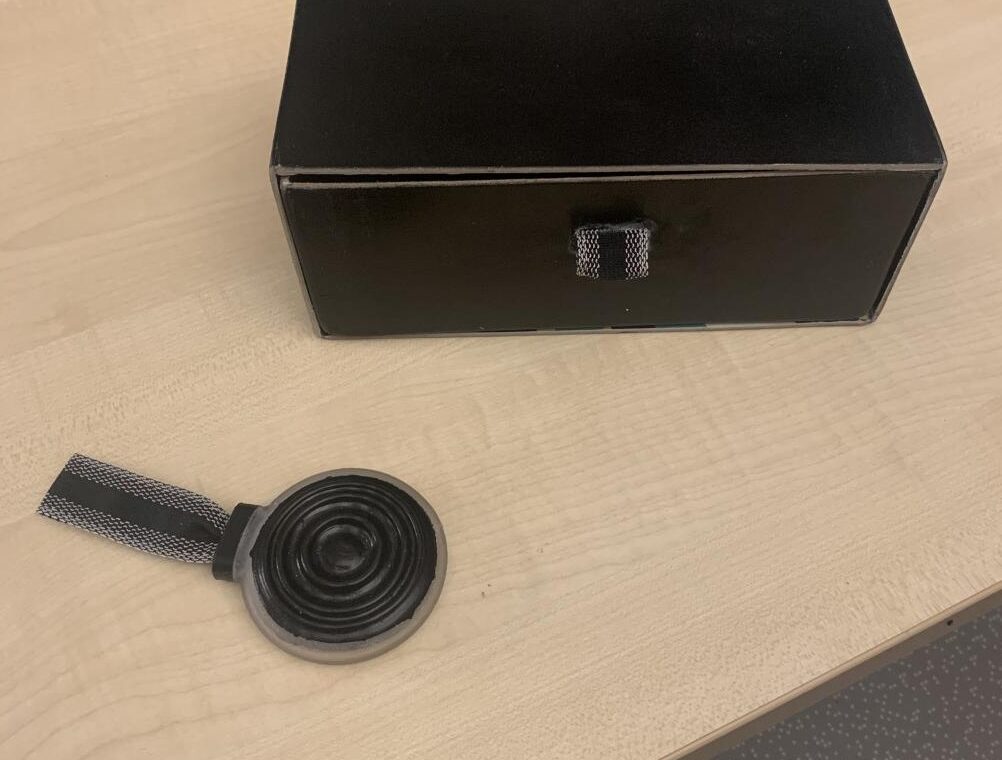Research
Muse was designed in response to problems and opportunities identified in the conducted research. These included; the low number of people that seek professional help for anxiety, the difficulty in effectively practising mitigatory techniques and the commonality of anxiety in situations outside of the home environment. A detailed literature review was conducted to deepen understanding of the topic area before primary research was undertaken. For primary research, 3 interviews were undertaken and an online survey (multiple choice and short response) was deployed
For a while, I didn’t even know what I was experiencing. Anxiety was just another word for stress back then. I didn’t realise what I was experiencing wasn’t normal and so I never even considered talking to someone about it.
– Survey Participant
Kyah Clark | Capstone Research Report
Muse
Muse, anxiety mitigation at the moment. By effectively engaging the user the design simply guides the user through the grounding process allowing them to calm their mind and think more clearly and logically. The device has been designed with a human-centred approach to prevent distractions and calm the user through 3 different courses of action.
– Grounding
– Guided Breathing
– Tactile Fidgeting
Features and Function
The Grounding Process
Grounding is a technique commonly recommended by professionals to help the user calm down and collect their thoughts. However, the process often requires a high degree of engagement and commitment which often is difficult to summon while experiencing anxiety. Muse guides the user through this process in a simple and engaging flow that helps the user commit to the process.
1. The user holds the button for 3 seconds to power on the device
2. The user is prompted by the screen on the base of the device with a colour, letter or sense depending on the mode preselected in the app
3. The user finds an item in the current environment matching the prompt
4. The user pushes the button to acknowledge the item, and then continues finding more items until they are feeling more relaxed
5. If the user is unable to find any more items or just wish for a new prompt they can double tap the button
The Ripple
The top surface of the device has been designed to resemble a water ripple, this aesthetic not only functions as symbolism but also provides a unique tactile surface that the user can run their fingers over and fidget with. This can be utilised both while using the grounding feature or while the device is off. The symmetrical and simplistic nature of this fidgeting allows for increased usage range as the user doesn’t require direct eyesight or ample space to interact with the device. This facilitates usage even in spaces such as the user’s pocket, providing them with a means to be more discrete, should they need it. To further engage and calm the user the device will flow through a haptic breathing pattern while the device is on. This allows the user to synchronize their breathing to match the pattern, helping to slow their breath and heart rate.
The Charging
The Packaging
The Technical Details
The interactions with muse are completed with a 33mm round display screen and haptic engine to provide the haptic vibrations. These components along with the battery and PCB are screwed down to the base of the device. While another set of screws attaches the base to the ripple top. These screws are then hidden by a silicone ring on the base of the device that also functions to protect the screen when the device is sitting base down. The base is machined from aluminium to provide strength and durability to the device while the top ripple and internal mounting bracket are injection moulded plastic.
Kyah Clark | Muse Technical Documentation
Kyah Clark | Capstone Research Report





